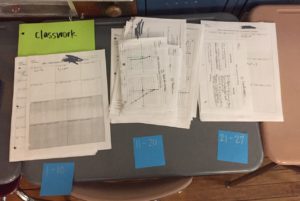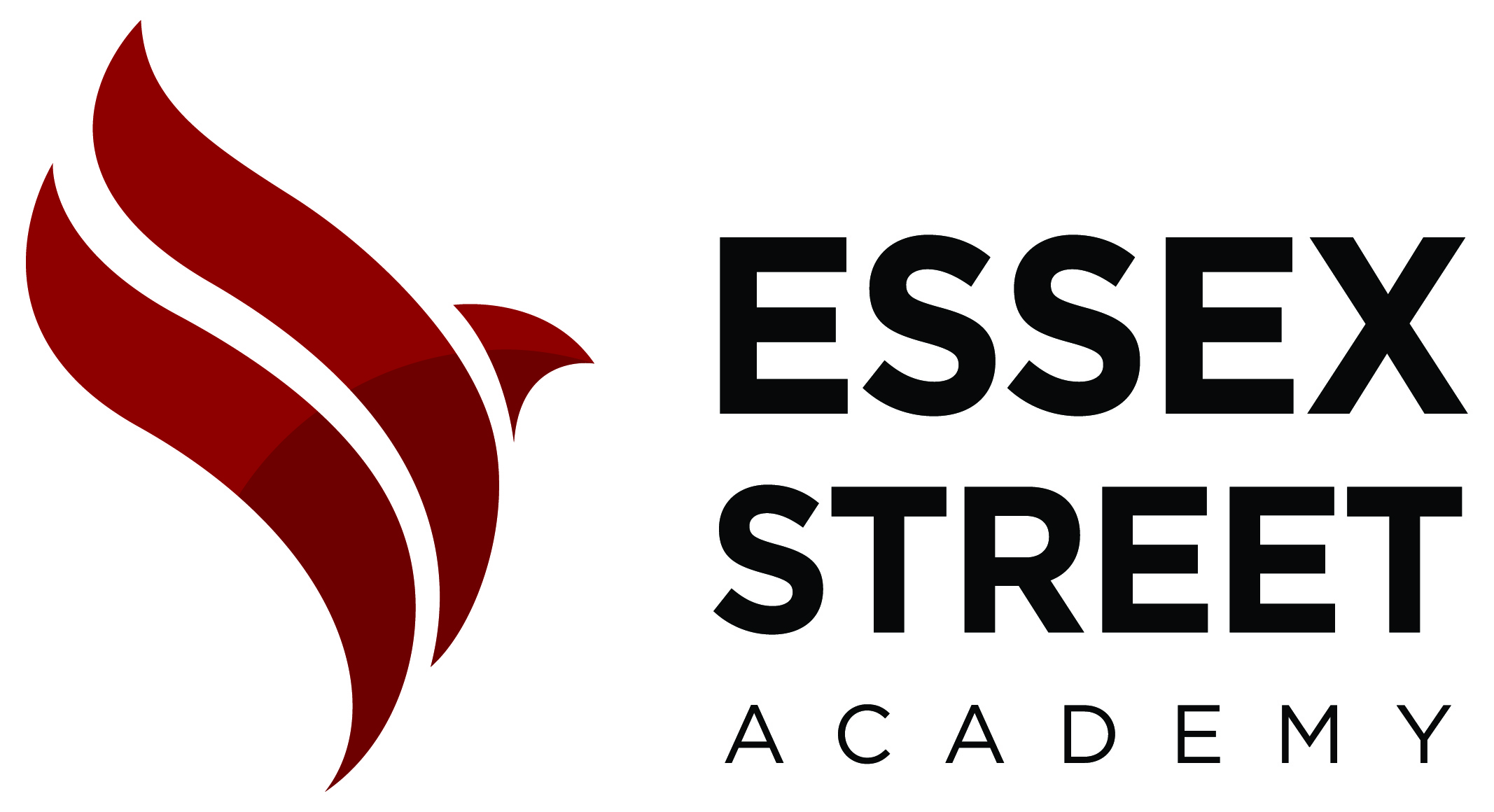A lot of the reading that I was doing about students with intellectual disabilities was around the importance of developing life skills. One of my fears is that they are not learning those skills explicitly at our school. I’ve also been speaking with our liaison at DOE central about the alternative placements for our students with ID if they did not stay here. They would likely attend a school that taught them entirely life skills such as counting money, cooking, grocery shopping and self care. They would not get additional academic content outside of basic literacy. This seems wholly inauthentic to me. Our students learn life skills all day everyday by being in the setting of our school.
According to Project IDEAL, a Texas-based organization that teaches teachers how to work with students with disabilities,
“To fully address the limitations in intellectual functioning and adaptive behavior often experienced by individuals with intellectual disabilities, teachers need to provide direct instruction in a number of skill areas outside of the general curriculum. These skills are more functional in nature but are absolutely essential for the future independence of the individual. Additional skill areas include money concepts, time concepts, independent living skills, self-care and hygiene, community access, leisure activities, and vocational training. Students with intellectual disabilities learn these skills most effectively in the settings or activities in which they will be asked to apply these skills. Once the skills are mastered, then additional environments can be added to work towards generalization.”
Many of the skills in this list are ones that are authentically necessary in a general education high school setting. It is my role as the SETSS instructor to teach the skills explicitly. Project IDEAL suggests that students learn “most effectively” in the settings where the skills are necessary and relevant. As a SETSS instructor I should be identifying the areas where life skills are relevant in school and then teaching the explicit skill repeatedly until it becomes second nature.


For example, in SETSS class I taught my student, Andre, categorization and organization by showing him the system for his binder. Andre’s algebra binder was a mess and he failed a binder check in class. His teachers have an organization system with four sections where students write the section in the heading of every handout. They also write the classwork number in the title of every classwork. It was clear that Andre either did not know about this system or did not know how to maintain it. In SETSS class we took his binder apart. Across a line of four desks we put each of his dividers with the section written clearly on each one. I showed Andre where on the heading of each handout it says which section it belongs in. He was delighted. He hadn’t known there were sections, let alone that he had the tools to figure out himself which section each handout belongs. He was speaking out loud to himself as he organized his work, “this goes in the ‘big stuff’ section,” “this goes in the ‘notes’ section.” He also remarked about how much work he had done in class. He was proud. Once we had everything in four piles we organized the piles by classwork number and date. Again he was delighted; he hadn’t realized there was a whole other layer to this organization. However, putting all the classworks from 1 through 27 in order was too big a task so we split it up: from 1 to 10, 11 to 20, 21 to 27. This level of scaffolding helped but he still needed adult support to check his work and to help with the tactile practice of aligning the handout holes with the prongs of the binder. Now in math class Andre takes joy in knowing where his handouts should go. He helps his classmates when they do it incorrectly. He shows me in SETSS that he’s maintaining the system he learned with me. My next goal will be to help him learn the organization system for his other classes. I plan to start that in the new semester and to track his growth in maintaining his organization through the rest of the school year.
School is an authentic setting for Andre to learn about categorization and organization. He does require explicit instruction around these skills but SETSS is a sufficient setting for him to learn. My fear that our students with ID are not learning life skills was allayed by Andre’s enthusiasm for learning how to organize his materials. It was important to him to learn this because his success as a student depended upon it. That is authentic.
Citation: www.projectidealonline.org/v/intellectual-disabilities


It is wonderful that your SETSS curriculum is not a stand alone curriculum, but it’s also not just “homework help”. By explicitly teaching skills that students will actively use in classes, you are empowering them physically, mentally and emotionally. I think it’s incredible that DA is able to now teach other students how to organize their work; what an exciting shift in the way he sees himself and his abilities. This semester I was on a panel with an IEP students who said that his goals after graduation this Spring were to be able to live independently and to learn a trade. I think this can be his goal while he also reads interesting books, practices algebra skills and does experiments in science. Students with varying abilities should be exposed to a rich curriculum while learning worthwhile skills that will serve them in the workforce and in daily life.